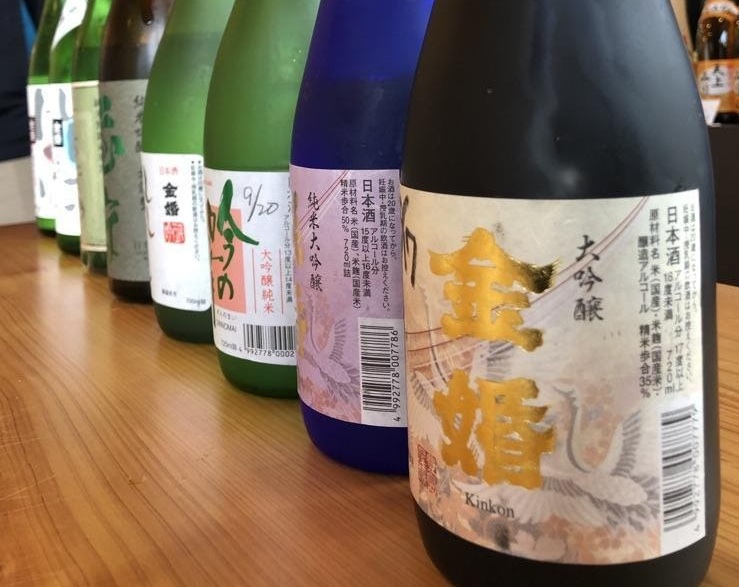
Toshimaya – A journey to the World of Sake.
A Journey to the World of Sake
Sake or Nihon-shu (Japanese liquor) has played a crucial role in Japan’s life and culture over 20 centuries. Sake is so integrated into Japanese daily life that it is incredible how learning about sake can get you a deep understanding of Japan’s culture and history.
Last year my friend Kyoko Nagano, a huge promoter of Japanese culture and sake and partner at Sake Lovers, invited me to visit Toshimaya brewery located in the west of Tokyo.
We met at Takadanobaba station, and we took the express train to Higashimurayama station in Higashi-Murayama city.
Toshimaya Brewery
The Toshimaya Brewery is one of the few Sake Breweries in Tokyo, and it is the oldest brewery in Tokyo. The Toshimaya Brewery was established in 1596 in the Keicho era.
Upon arrival, we were welcomed by one of the Toshimaya Brewery’s staff members who kindly gave us a tour of the brewery and explained making sake. Interestingly Toshimaya brewery was the first sake brewery established in Tokyo. Originally it was settled near the Kanda bridge in Tokyo.
There are several different types of sake one can find at Toshimaya brewery, all of them produced with the finest quality.
Made from rice, sake is a fermented beverage, and the key elements to produce Sake are a microorganism called koji, yeast, and the quality of the water. That is the reason Toshimaya is located in Higashi Murayama. For the quality of water.
After a tour of the brewery, we were able to sample the variety of sakes produced at Toshimaya.
Types of Sake Produced at Toshimaya
Ginjoshu
Sake made with white rice that has been milled to leave 60% or less of the grain. It also contains rice koji and water, and in addition to these ingredients may contain distilled alcohol. It is characterized by a fruity bouquet with a floral tone and a clear and fresh flavor. If the rice is polished to leave 50% or less of the grain, the sake is called Dai-ginjoshu.
Junmaishu
Sake made only with rice koji and water. They have a soft bouquet and an intense and delicate flavor.
Honjozoshu
Sake made with white rice that has been ground to 70% or less of the grain, along with rice koji, distilled alcohol, and water. It is distinguished by its soft and moderate bouquet and its fresh flavor.
Other types of sake produced at Toshimaya brewery are Futsu-shu, Namachozo, Kijo, seasonal sakes, shirozake, and Namasake, which is a Sake that does not go through the pasteurization process, a light, and a fresh flavor characterize it.
It was fascinating to learn that Toshimaya still provides Sake to the Kanda and Meiji-Jingu shrines. The latter delivers at least one barrel per week for weddings and other religious ceremonies.
If you visit the Meiji-Jingu shrine and enter through the main gate, after walking about 5 minutes, you will find a wall with all the sake barrels that give Sake as an offering to the shrine every year. It kind of completed the journey for me to find the Toshimaya Brewery barrels in that wall.
If you are interested in getting Toshimaya Sake, you can order it online through Sake Lovers.





[…] Toshimaya Brewery opened the first Sake Store in Tokyo back in 1596, another small and successful Japanese enterprise for over 400 years. […]